
The Jazz Age, an era marked by social upheaval and cultural dynamism, significantly influenced American dance and music. Emerging in the aftermath of World War I, this vibrant period stretched from the 1920s to the 1930s, shaping the cultural identity of America. While often associated with the Roaring Twenties’ economic prosperity, the Jazz Age was also a response to the desire for new forms of expression.
The Birth of Jazz
At the heart of the Jazz Age was, of course, jazz music itself. Born from the deep soul of African American roots in New Orleans, jazz spread across the nation like wildfire. It was characterized by its swinging rhythms, bold brass instruments, and the free flow of improvisation. Jazz was not just a music genre; it was a symbol of rebellion against the traditional norms that governed American society.
Jazz and the Dance Revolution
Jazz music brought with it a new wave of dance. The twenties became known for lively dance halls and speakeasies, where people gathered to enjoy the exhilarating new sound. The Charleston, the Lindy Hop, and the Black Bottom dance became iconic moves of this era. These dances broke away from the structured formality of earlier styles, embracing a more expressive and individualistic movement.
Charleston: The Dance of the Age
No dance symbolized the Jazz Age more than the Charleston. With its wild, flailing limbs and energetic movements, the Charleston captured the carefree spirit of the 1920s. First appearing in African American communities, it quickly swept across the nation, with white audiences and dancers eagerly adopting the style. The Charleston reflected the era’s break with the past and pursuit of unrestrained joy.
Lindy Hop: Jazz in Motion
The Lindy Hop emerged as a street dance from Harlem, New York, illustrating the cross-cultural blend that jazz fostered. Characterized by its acrobatic feats and swinging style, the Lindy Hop was the physical embodiment of jazz music, with couples improvising steps to the rhythmic beats. This dance continued to evolve, laying the foundation for later swing dancing trends.
Impact on Society and Culture
The influence of jazz was not limited to dance and music alone. It also had profound effects on American culture and society, challenging racial barriers. Jazz music and its associated dances became melting pots for different ethnicities, creating spaces where diverse groups came together to enjoy a shared passion. Through jazz, African American culture made a significant impact on mainstream America, effectively contributing to the broader cultural identity.
Moreover, jazz and dance culture sparked significant changes in fashion, encouraging more relaxed and flamboyant clothing styles that mirrored the dancers’ free movements. Women’s fashion evolved dramatically, shifting towards shorter dresses, bobbed hairstyles, and more freedom in expressing themselves.
Jazz’s Legacy in Modern Dance
The legacy of the Jazz Age extends to contemporary dance. Its emphasis on individual expression, creativity, and cultural fusion continues to influence modern dancers and choreographers. Jazz elements are present in various dance forms, from musical theatre to contemporary dance, illustrating its lasting impact.
Dance schools and academies still teach the fundamental styles of Charleston and Lindy Hop, ensuring the spirit of the Jazz Age remains alive. This period’s innovative spirit and cultural integration are celebrated across the world, a testament to the era’s enduring legacy.
Conclusion
The Jazz Age was more than a collection of musical notes or dance steps; it was a transformative period that redefined American culture. Through jazz, the world witnessed the power of music and dance as tools for expression and change. Today, the echoes of the Jazz Age can still be felt, alive in every twist of the dancer’s body and every beat of a drum, continuing to inspire generations with its boldness and creativity.
The Jazz Age significantly influenced American dance and music. Jazz was not just a music genre; it was a symbol of rebellion against the traditional norms that governed American society. 
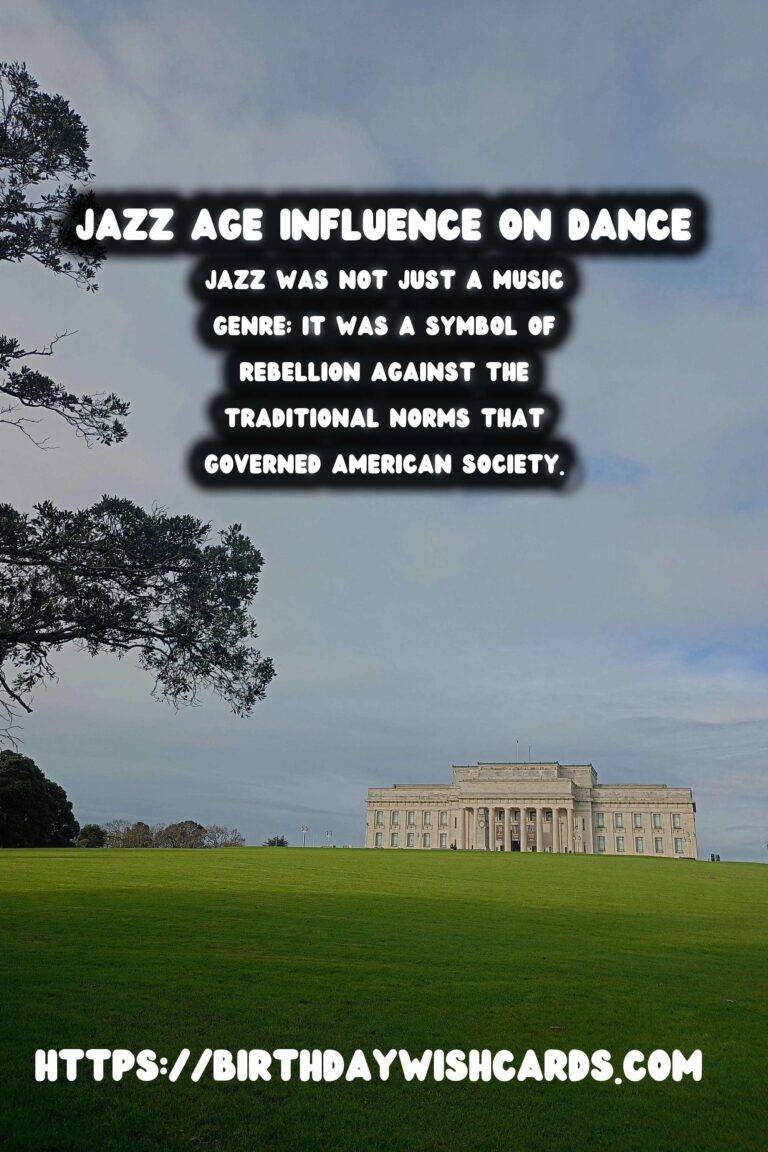

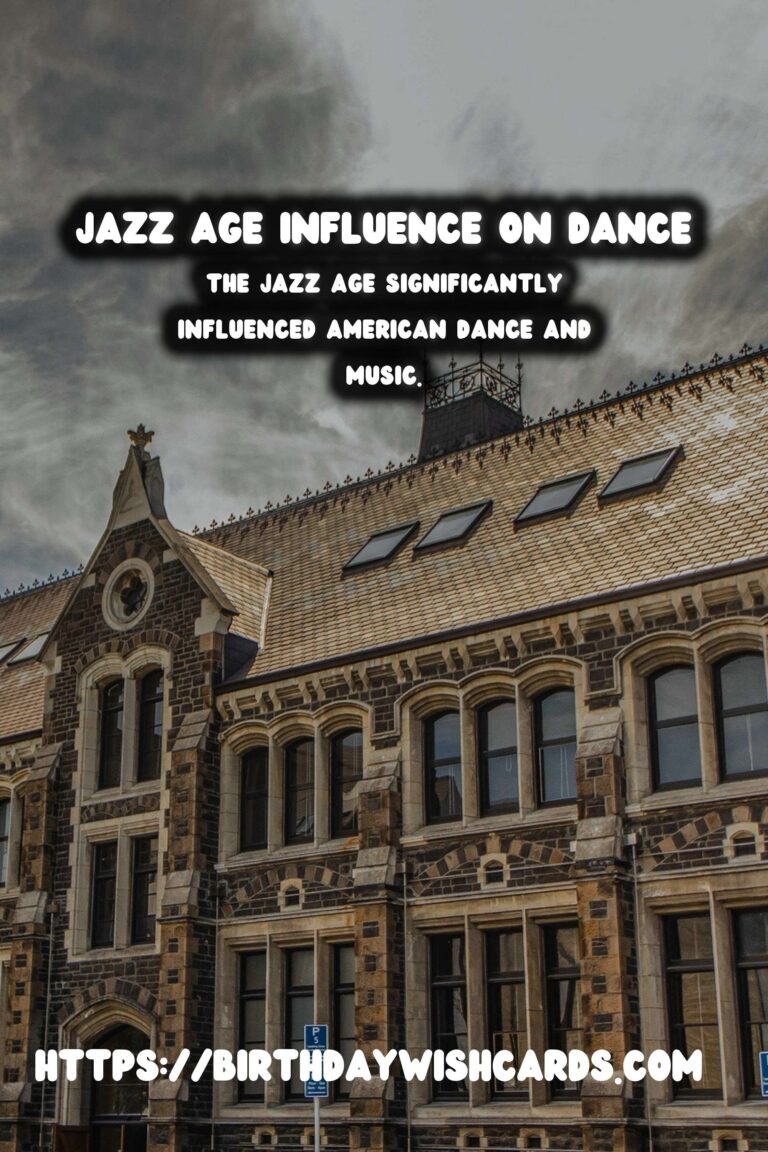
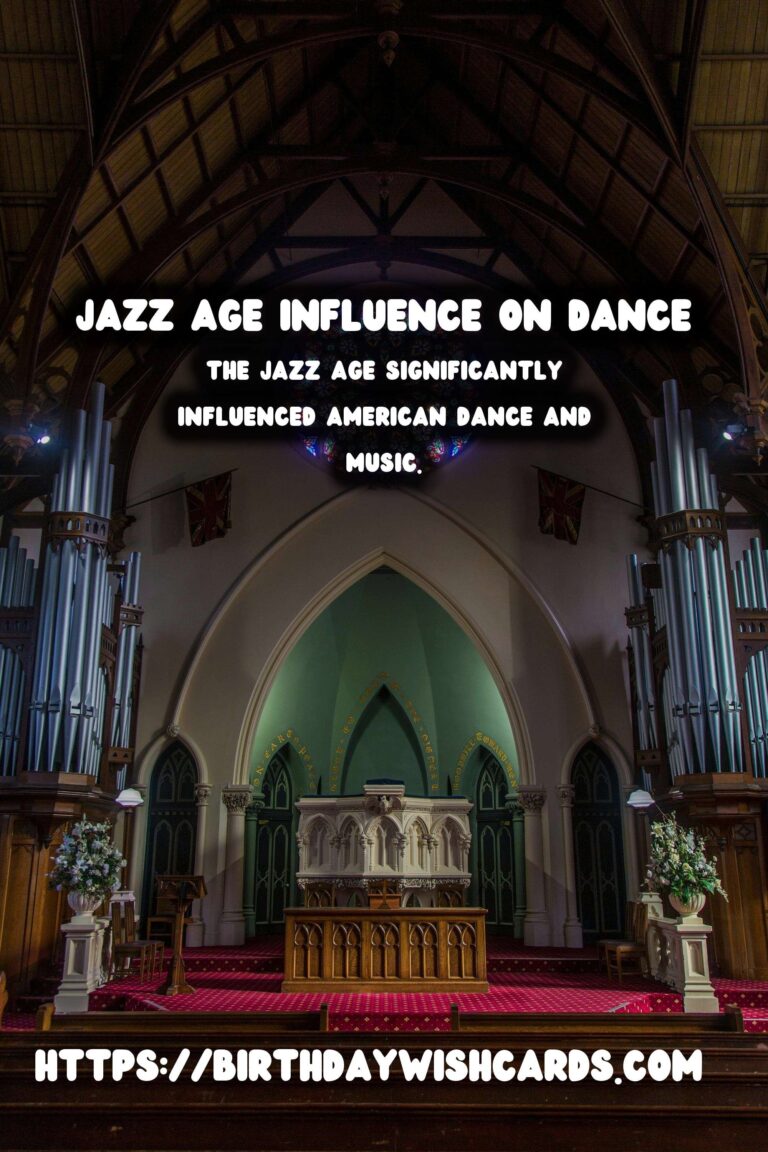
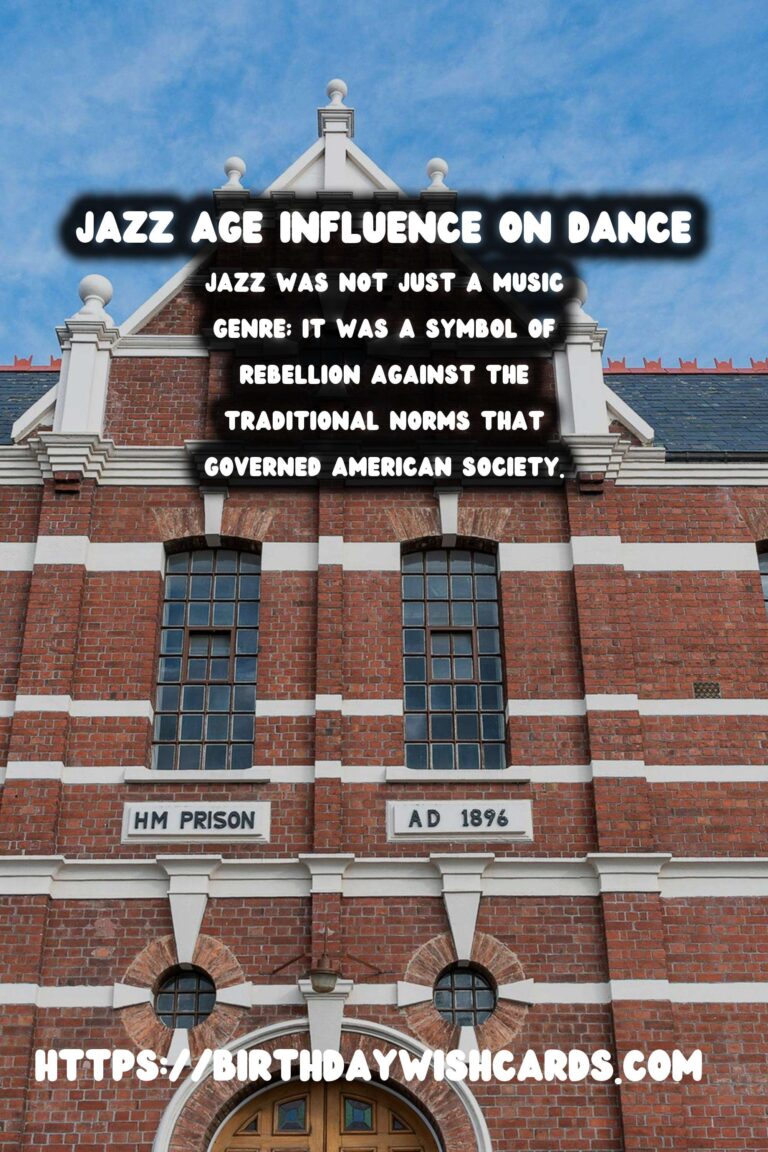
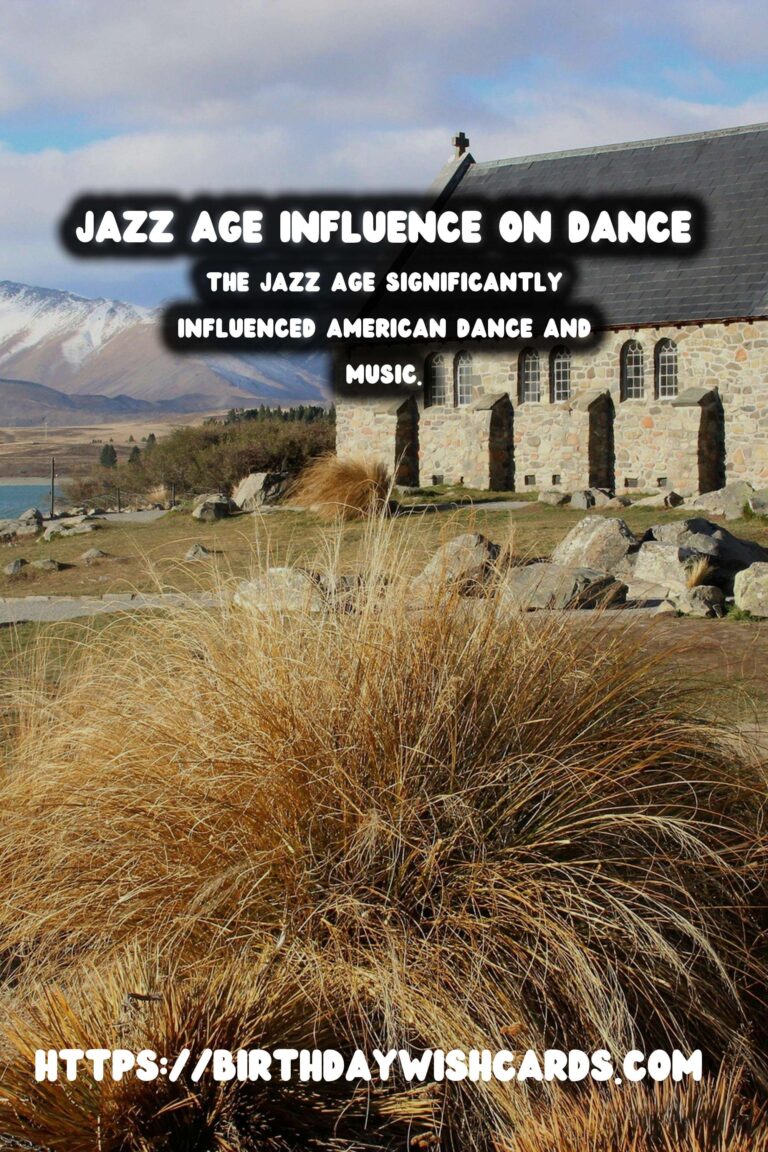
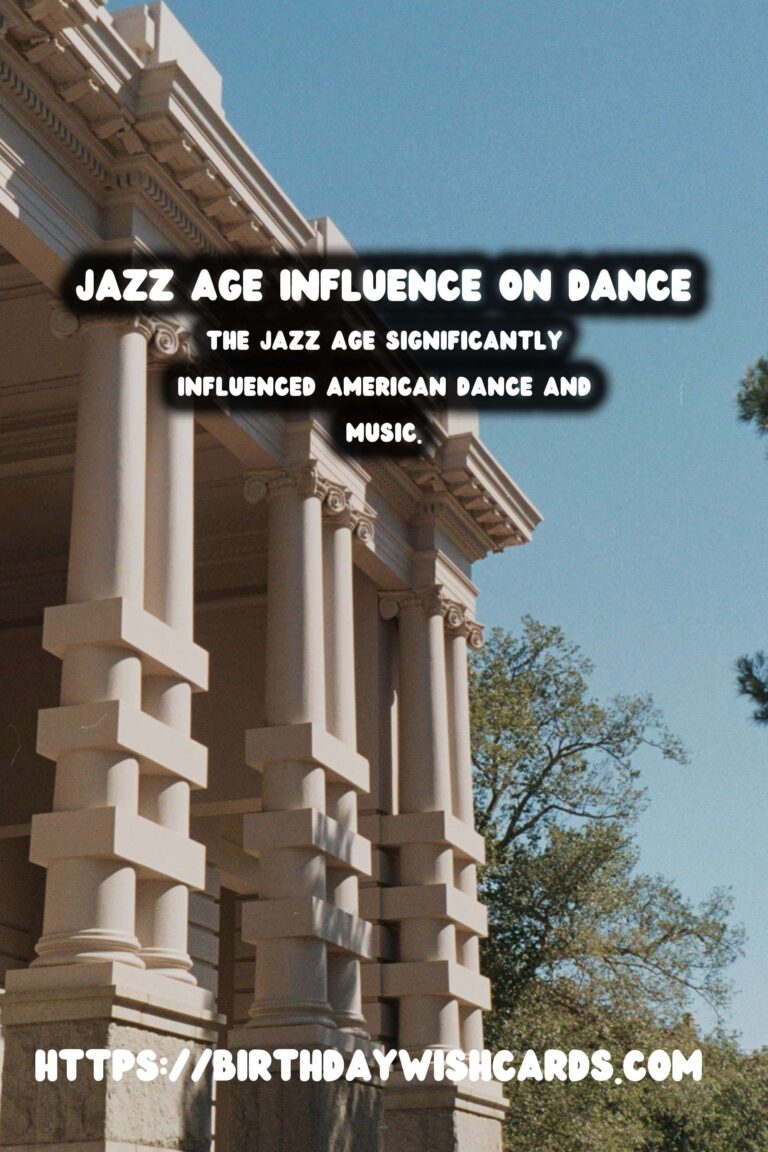
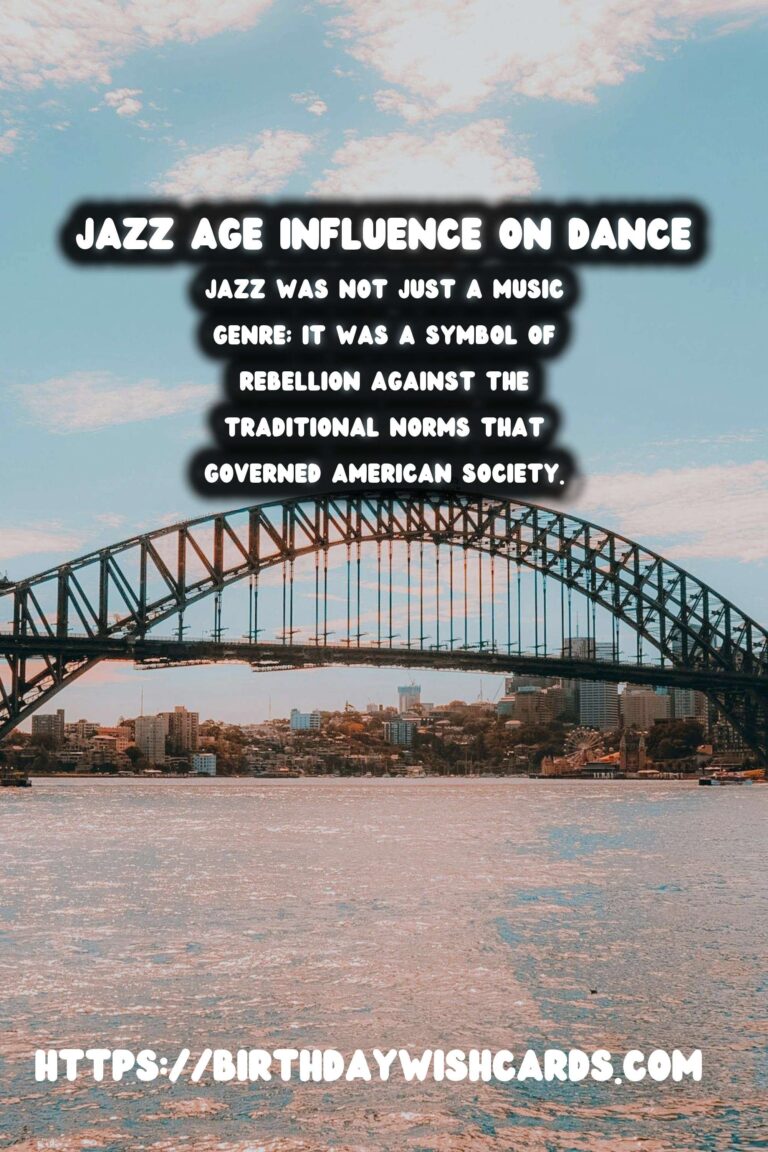
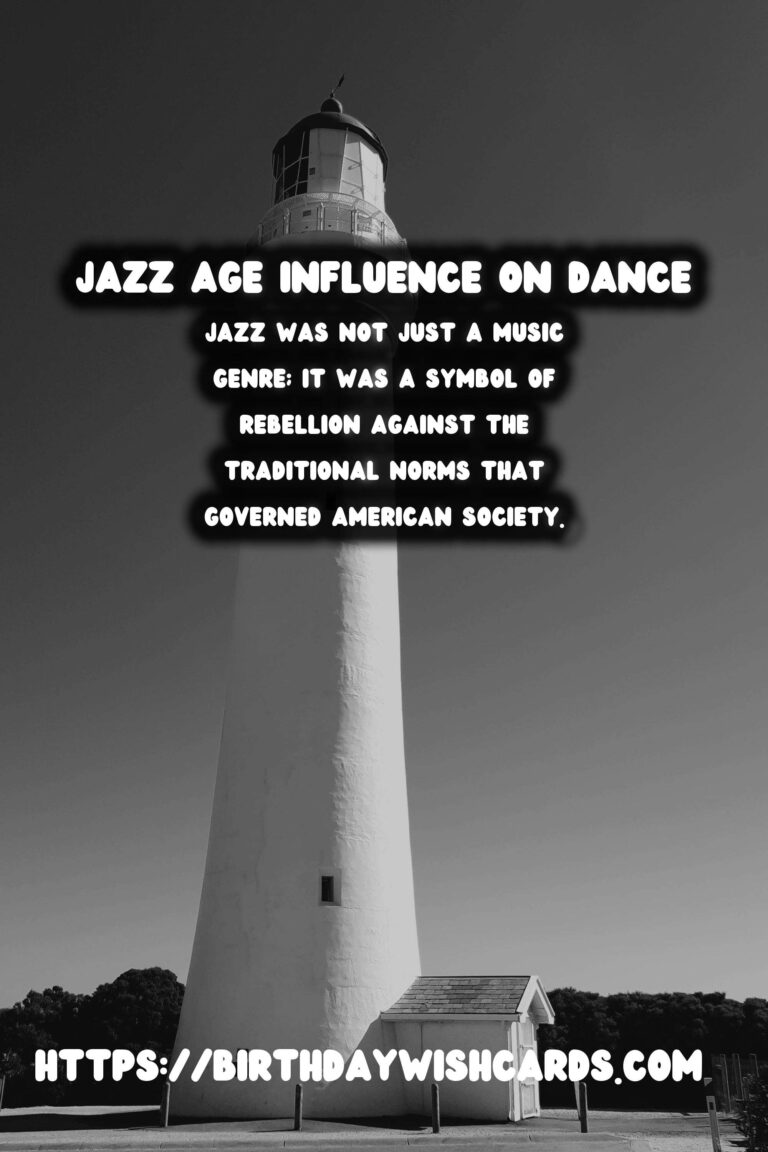
#JazzAge #AmericanDance




